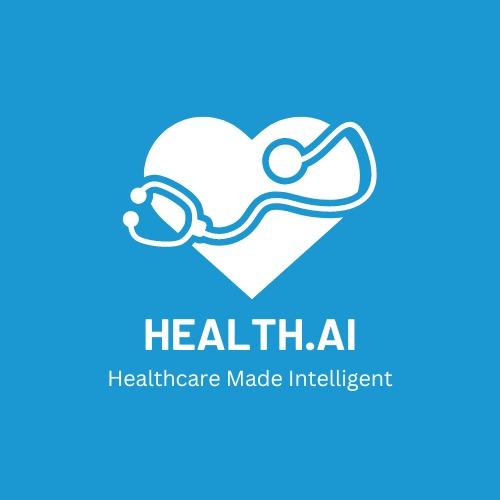Health.AI
Revolutionize your healthcare with Health.AI - Upload your medical scans, predict vital diseases and connect with specialized doctors for seamless diagnosis !
Created on 16th April 2023
•
Health.AI
Revolutionize your healthcare with Health.AI - Upload your medical scans, predict vital diseases and connect with specialized doctors for seamless diagnosis !
The problem Health.AI solves
Health.AI solves several problems in the healthcare industry by leveraging the power of artificial intelligence and modern technology.
Firstly, it addresses the issue of misdiagnosis by providing patients with accurate predictions for pneumonia, diabetic retinopathy, and brain tumors. Misdiagnosis is a significant problem in healthcare and can lead to delayed or incorrect treatments, resulting in negative health outcomes and increased costs for patients and healthcare providers.
Secondly, it simplifies the diagnosis process by allowing patients to upload scans and get predictions from the comfort of their own home, eliminating the need for unnecessary visits to healthcare facilities. This not only saves time and resources but also minimizes the risk of exposure to infectious diseases.
Thirdly, Health.AI connects patients with doctors in the relevant field, providing a seamless consultation experience. Patients can get access to the right specialist in a timely manner, improving the chances of a correct diagnosis and treatment plan.
Fourthly, Health.AI enables doctors to manage patient predictions and consultations easily through a separate dashboard, allowing for efficient patient care and follow-up. This helps doctors to streamline their practice and provide better patient outcomes.
Overall, Health.AI improves the accuracy, efficiency, and accessibility of healthcare, addressing several critical challenges in the industry. By combining advanced technology with medical expertise, Health.AI empowers patients and doctors alike, making healthcare more personalized, effective, and cost-efficient.
Challenges we ran into
Developing a health-tech project like Health.AI is not without its challenges. Here are some of the main hurdles we faced:
Finding Quality Datasets : One of the major challenges we faced while working on our project was finding a quality dataset for every test.
Training Multiple Neural Networks : Deep Learning can be time consuming and resource exhaustive. This was another hurdle we faced as it took hours of training for each model before it could be used in our app
Integrating Our Models Into The App : Deploying the models on FastAPI and connecting frontend with backend was quite the tough job as we had to implement session management as well as routing and fetching for both doctor and patient side interfaces
Despite these challenges, we were able to overcome them by working closely with our partners and leveraging our expertise in health-tech and AI. By prioritizing data privacy and security, building strong partnerships, and ensuring regulatory compliance, we were able to develop a robust and reliable platform that benefits patients and healthcare providers alike.
